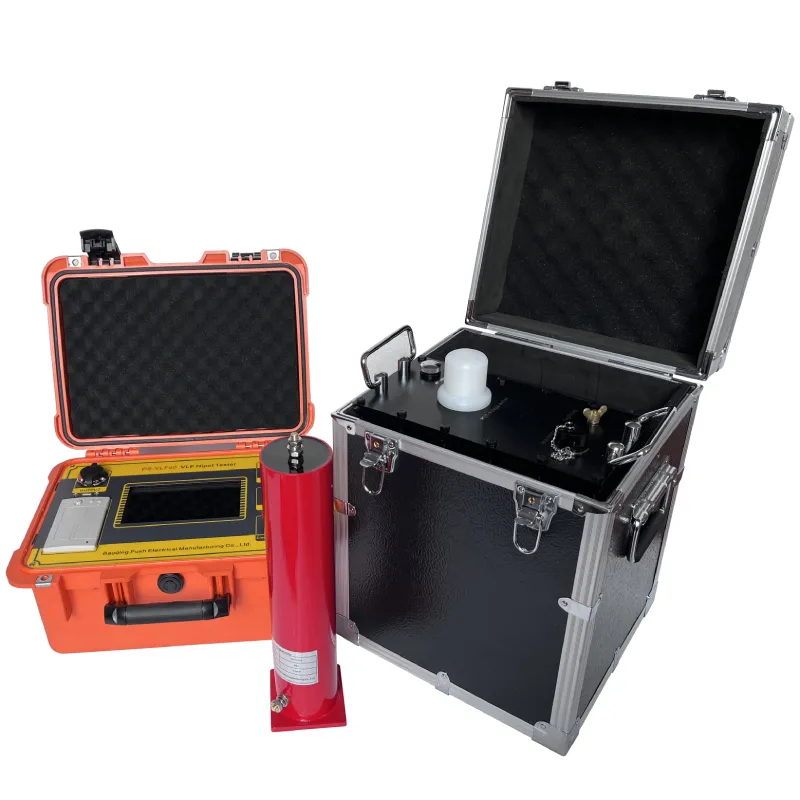 English
English



-
 Afrikaans
Afrikaans -
 Albanian
Albanian -
 Amharic
Amharic -
 Arabic
Arabic -
 Armenian
Armenian -
 Azerbaijani
Azerbaijani -
 Basque
Basque -
 Belarusian
Belarusian -
 Bengali
Bengali -
 Bosnian
Bosnian -
 Bulgarian
Bulgarian -
 Catalan
Catalan -
 Cebuano
Cebuano -
 China
China -
 China (Taiwan)
China (Taiwan) -
 Corsican
Corsican -
 Croatian
Croatian -
 Czech
Czech -
 Danish
Danish -
 Dutch
Dutch -
 English
English -
 Esperanto
Esperanto -
 Estonian
Estonian -
 Finnish
Finnish -
 French
French -
 Frisian
Frisian -
 Galician
Galician -
 Georgian
Georgian -
 German
German -
 Greek
Greek -
 Gujarati
Gujarati -
 Haitian Creole
Haitian Creole -
 hausa
hausa -
 hawaiian
hawaiian -
 Hebrew
Hebrew -
 Hindi
Hindi -
 Miao
Miao -
 Hungarian
Hungarian -
 Icelandic
Icelandic -
 igbo
igbo -
 Indonesian
Indonesian -
 irish
irish -
 Italian
Italian -
 Japanese
Japanese -
 Javanese
Javanese -
 Kannada
Kannada -
 kazakh
kazakh -
 Khmer
Khmer -
 Rwandese
Rwandese -
 Korean
Korean -
 Kurdish
Kurdish -
 Kyrgyz
Kyrgyz -
 Lao
Lao -
 Latin
Latin -
 Latvian
Latvian -
 Lithuanian
Lithuanian -
 Luxembourgish
Luxembourgish -
 Macedonian
Macedonian -
 Malgashi
Malgashi -
 Malay
Malay -
 Malayalam
Malayalam -
 Maltese
Maltese -
 Maori
Maori -
 Marathi
Marathi -
 Mongolian
Mongolian -
 Myanmar
Myanmar -
 Nepali
Nepali -
 Norwegian
Norwegian -
 Norwegian
Norwegian -
 Occitan
Occitan -
 Pashto
Pashto -
 Persian
Persian -
 Polish
Polish -
 Portuguese
Portuguese -
 Punjabi
Punjabi -
 Romanian
Romanian -
 Russian
Russian -
 Samoan
Samoan -
 Scottish Gaelic
Scottish Gaelic -
 Serbian
Serbian -
 Sesotho
Sesotho -
 Shona
Shona -
 Sindhi
Sindhi -
 Sinhala
Sinhala -
 Slovak
Slovak -
 Slovenian
Slovenian -
 Somali
Somali -
 Spanish
Spanish -
 Sundanese
Sundanese -
 Swahili
Swahili -
 Swedish
Swedish -
 Tagalog
Tagalog -
 Tajik
Tajik -
 Tamil
Tamil -
 Tatar
Tatar -
 Telugu
Telugu -
 Thai
Thai -
 Turkish
Turkish -
 Turkmen
Turkmen -
 Ukrainian
Ukrainian -
 Urdu
Urdu -
 Uighur
Uighur -
 Uzbek
Uzbek -
 Vietnamese
Vietnamese -
 Welsh
Welsh -
 Bantu
Bantu -
 Yiddish
Yiddish -
 Yoruba
Yoruba -
 Zulu
Zulu
Temperature Increase Testing Procedures for Transformer Performance Assessment and Safety Evaluation
Temperature Rise Test in Transformers
Transformers are critical components in electrical power distribution systems, responsible for stepping voltage levels up or down to facilitate efficient transmission and usage of electrical energy. One of the essential parameters that need to be evaluated during the testing and commissioning of transformers is temperature rise. This characteristic is crucial for ensuring the reliability and longevity of transformers under operating conditions.
The temperature rise test in transformers involves monitoring the rise in temperature during normal and overload conditions, providing insights into the transformer's thermal behavior. It is pivotal in determining whether the transformer can handle its rated load without overheating, which can lead to insulation breakdown, decreased efficiency, and ultimately, failure of the transformer.
The Importance of Temperature Rise Testing
Understanding the thermal performance of a transformer is vital due to several reasons
1. Safety and Reliability Overheating can pose severe risks, including fire hazards and equipment damage. Temperature rise tests ensure that transformers operate safely within designated thermal limits.
2. Efficiency Excess heat generation translates into energy losses. By testing temperature rise, it is possible to ascertain whether the transformer operates efficiently or if modifications are required to improve performance.
3. Life Expectancy The lifespan of transformers is heavily influenced by operating temperature. Elevated temperatures can accelerate insulation aging and deterioration. The temperature rise test helps in predicting the operational life of a transformer and determining maintenance schedules.
4. Regulatory Compliance Many regions have enforced standards, such as those set by the International Electrotechnical Commission (IEC) or the American National Standards Institute (ANSI), which mandate temperature rise tests. Compliance with these standards is essential for quality assurance and safety.
The Testing Procedure
temperature rise test in transformer

The temperature rise test is commonly conducted under controlled conditions and typically follows these steps
1. Preparation The transformer is installed and connected in a manner that mimics actual operating conditions. Proper instrumentation is set up to measure temperature at various points, including windings, oil, and core.
2. Loading the Transformer The transformer is energized and loaded systematically. The loading is either full load or an overload condition, depending on the specific requirements of the test. The test may last several hours to allow temperatures to stabilize.
3. Temperature Measurements Temperature sensors are strategically placed to monitor the temperature rise in the windings, oil, and other components. These measurements are recorded at regular intervals to create a comprehensive thermal profile.
4. Data Analysis Once data collection is complete, temperatures are analyzed. The maximum allowable temperature rise is compared against set standards to determine if the transformer meets the requirements.
5. Reporting A detailed report is generated summarizing the testing conditions, methodologies employed, temperature observations, and compliance with applicable standards. Any observed anomalies are documented for further investigation.
Conclusion
The temperature rise test is a vital procedure in transformer testing that ensures safety, efficiency, and reliability in power distribution systems. By understanding the thermal characteristics of transformers, engineers can make informed decisions regarding their design, operation, and maintenance. The outcomes of these tests play an essential role in enhancing the performance of transformers, thereby contributing to a more robust and sustainable electrical infrastructure.
Future advancements in testing methodologies, including real-time monitoring systems and predictive analytics, will help enhance the accuracy and efficiency of temperature rise testing, ensuring that transformers continue to operate safely and effectively in an increasingly demanding energy landscape. Understanding and implementing these tests can mitigate risks and optimize performance, ensuring that transformers meet the high energy demands of modern society.
-
Testing Equipment Industry Sees Major Advancements in 2025: Smart & Precision Technologies Lead the WayNewsJun.06,2025
-
Applications of Direct Current Generators in Renewable Energy SystemsNewsJun.05,2025
-
Hipot Tester Calibration and Accuracy GuidelinesNewsJun.05,2025
-
Digital Circuit Breaker Analyzer Features and BenefitsNewsJun.05,2025
-
Benefits of Real-Time Power Quality Monitoring Devices for Industrial EfficiencyNewsJun.05,2025
-
Earth Fault Loop Testing in High-Rise Building Electrical SystemsNewsJun.05,2025



